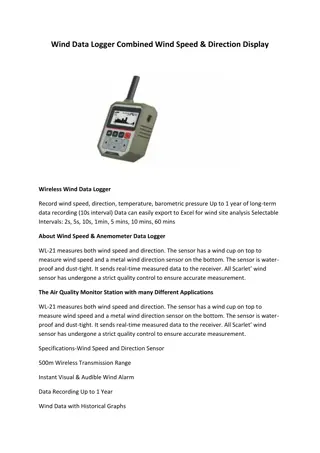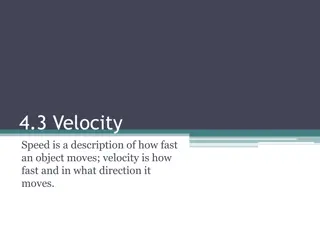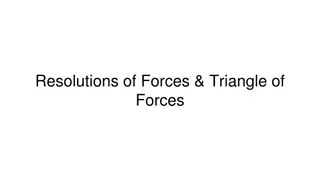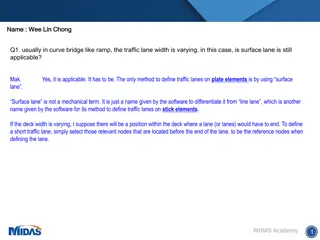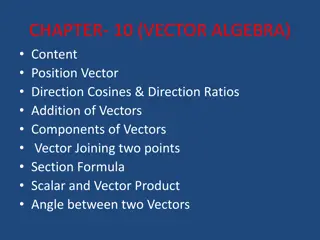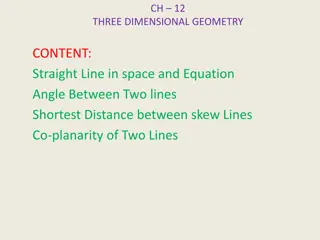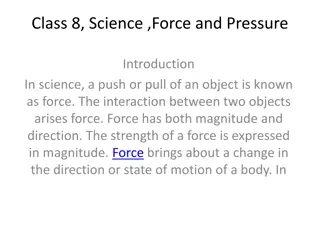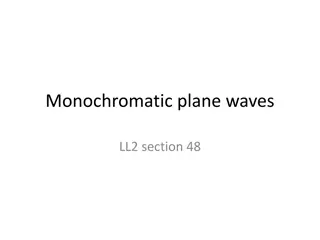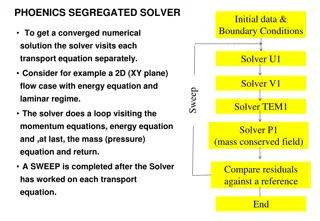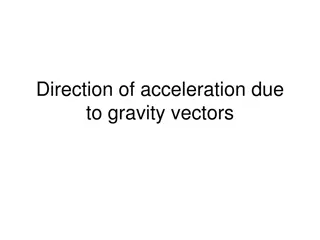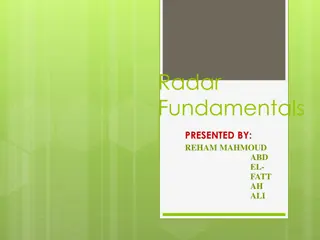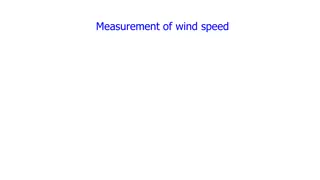
Art and Importance of Management Direction
Explore the essence of management direction, its definition, nature, and elements. Discover how effective guidance and supervision are crucial for successful organizational outcomes. Learn about the continuous process of direction in management and its significance in achieving objectives.
Download Presentation

Please find below an Image/Link to download the presentation.
The content on the website is provided AS IS for your information and personal use only. It may not be sold, licensed, or shared on other websites without obtaining consent from the author. If you encounter any issues during the download, it is possible that the publisher has removed the file from their server.
You are allowed to download the files provided on this website for personal or commercial use, subject to the condition that they are used lawfully. All files are the property of their respective owners.
The content on the website is provided AS IS for your information and personal use only. It may not be sold, licensed, or shared on other websites without obtaining consent from the author.
E N D
Presentation Transcript
INTRODUCTION Management is the art of getting things done by others. The art of getting things done by others is called direction in managerial language. Direction is considered to be the most important function of management. In this activity, managers provide proper guidance to their subordinates, establish effective coordination among their activities and motive them to contribute towards the attainment of the objectives of the enterprise.
DEFINITION OF DIRECTION A few definitions by some of the prominent writers on the subject are given below: (1) A good definition of direction is the executive function of guiding and observing subordinates . Koontz and O-Donnell (2) The heart of administration is the directing function which involves determining scope, giving orders and instructions and providing dynamic leadership . Marshall E. Dimock (3) Direction is telling a people what to do and seeing that they do it to the best of their ability . Ernest Dale Thus, direction means the guidance of the activities of subordinates and to control the performance so that they may contribute to the attainment of the predetermined objectives of an enterprise.
NATURE OF DIRECTION Following are included in the characteristics of direction: 1- An Important Function of Management All the functions and achievements of management are depending on proper direction. If proper guidance is not provided to the employees in an enterprise, it cannot be successful in achieving its objects. 2- Continuity Direction is a continuous process because it is required at every stage of management. It goes with the work. Where the work is in progress, the direction continues. 3- To Order Higher officer order their subordinates to do their jobs and the subordinates have to work according to these orders. 4- To Coordinate The success of direction lies in the coordinated efforts of the employees of the enterprise.
5- To Supervise The managers issuing the orders have to supervise whether the works are being performed in accordance with the order issued or not. They have to ensure that all the activities should go as per original plan. 6- To Guide Guidance of subordinates is the most important element of direction. Subordinates are guided by their senior officers so that they may discharge their duties properly. 7- Performed at Levels of Management Direction is the function which is performed at all levels of management. Every superior officer is required to provide guidance and direction to his subordinates.
ELEMENTS OF DIRECTION Direction is a continuous process involving the following elements: 1- Communication The manager issues orders and instructions to the subordinates to get the work done from them. He must ensure that the subordinates understand his instruction. Beside this, the manager has also to continuously provide guidance to the workers as to how to perform their jobs. 2- Leadership By performing this function, the manager guides and influences the work of his subordinates. Leadership is the quality of behaviour of a manager whereby he guides his subordinates in the desired direction. The manager should try to achieve the cooperation of the subordinates.
3- Motivation The manager should motivate the subordinates to work for the achievement of the organizational goals. Various kinds of incentives may be used to enthuse the workers. 4- Supervision Every manager supervises his subordinates. He oversees their performance to check their performance and avoid wastage of time and effort.



